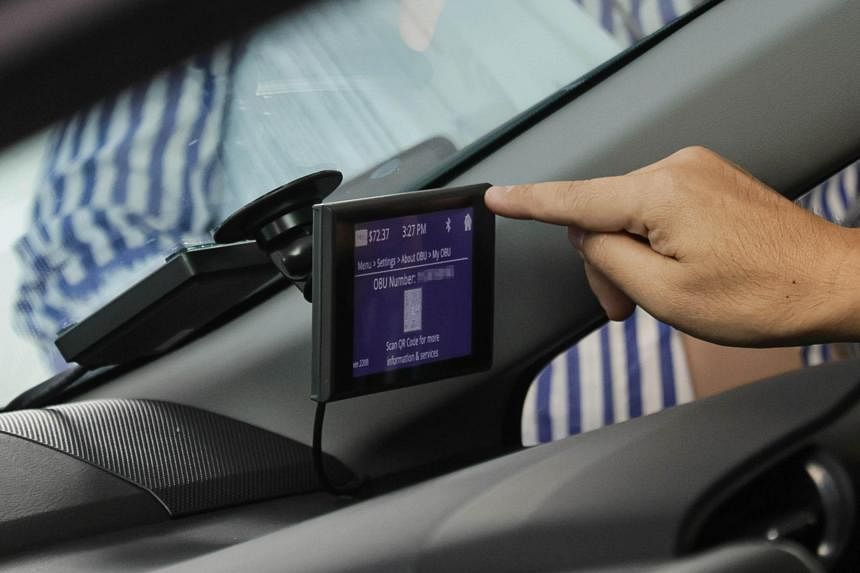SINGAPORE - Work will begin in November to replace the existing in-vehicle units in nearly one million vehicles on the road today with on-board units (OBUs) for the satellite-based Electronic Road Pricing (ERP) system or ERP 2.0.
Here’s what you need to know about ERP 2.0 and the new OBU, which is slated to be installed in all vehicles by the end of 2025:
1. When will your vehicle need to have the OBU installed?
Selected fleet vehicle owners will be informed from Nov 1 to schedule their OBU installation. After that, other vehicle owners are expected to be notified by letter, e-mail or SMS. All new vehicles will be fitted with the OBU from the first quarter of 2024.
The installation will be free if done within the two-month period stated in the notification.
It will take three hours to install the OBU in a car, while fitting it on a motorcycle will likely take half as long.
2. Will ERP charging change after the new OBU is installed?
The Land Transport Authority (LTA) said there will be no change to how motorists are charged for ERP during the transition period, though it did not elaborate on how long this would be.
Even though the new system is able to charge motorists based on distance travelled, LTA said it has “no immediate plans to introduce distance-based charging”.
The OBU works with the existing ERP and parking gantries.
Most of the current payment options for ERP will continue to apply with the OBU. Motorists who use stored value options like the standard ez-link card and Nets Flashpay and Nets Motoring Card will have to insert the card into the processing unit.
Backend payment options – EZ-Link Motoring Service and Nets Virtual CashCard – where charges are billed directly to a credit or debit card, can also be used.
3. Why does a vehicle OBU have three components, when the motorcycle OBU is a one-piece unit?
The OBUs are bigger than the existing in-vehicle units used to pay for ERP charges. This is because the new equipment has more computing power that allows it to determine the vehicle’s location and process ERP charges. The units can function without the physical ERP gantries, which take up space and are expensive to maintain.
The newer technology also improves the type of data that LTA can obtain for transport planning and to manage congestion. It will also provide motorists with more information like real-time traffic alerts of road closures and accidents, after all vehicles are equipped with the new OBU.
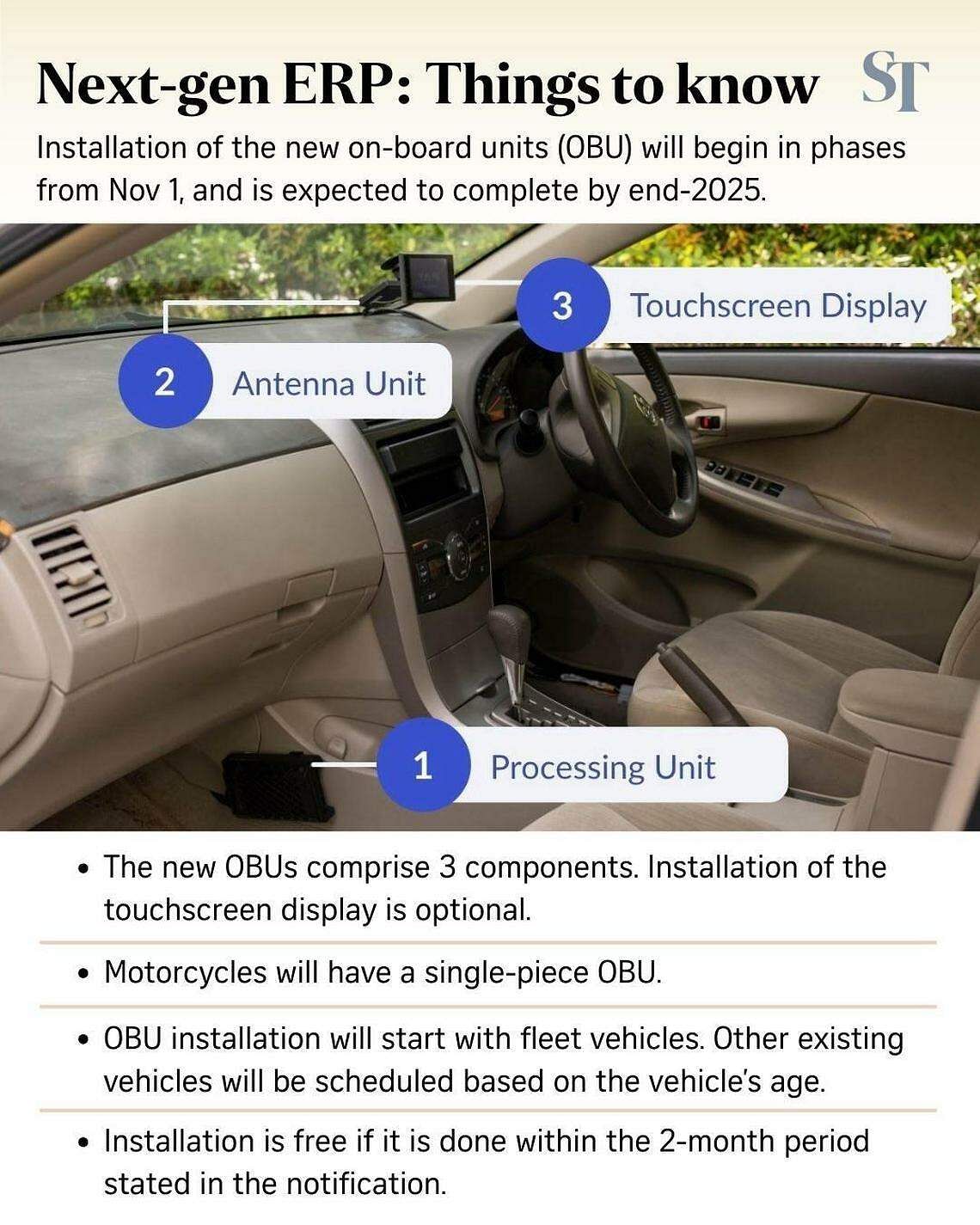
LTA said the three-piece design – consisting of an antenna, processing unit and a touchscreen display – is needed to cope with the heat in the vehicle’s cabin and keep the processing unit away from the dashboard. This arrangement also allows the flexibility to replace individual parts if issues come up later on.
The single-piece OBU for motorcycles is built for outdoor conditions, LTA said. It cannot be used on the dashboard inside a vehicle, as it will not be able to get rid of the heat efficiently enough to maintain the OBU’s reliability.
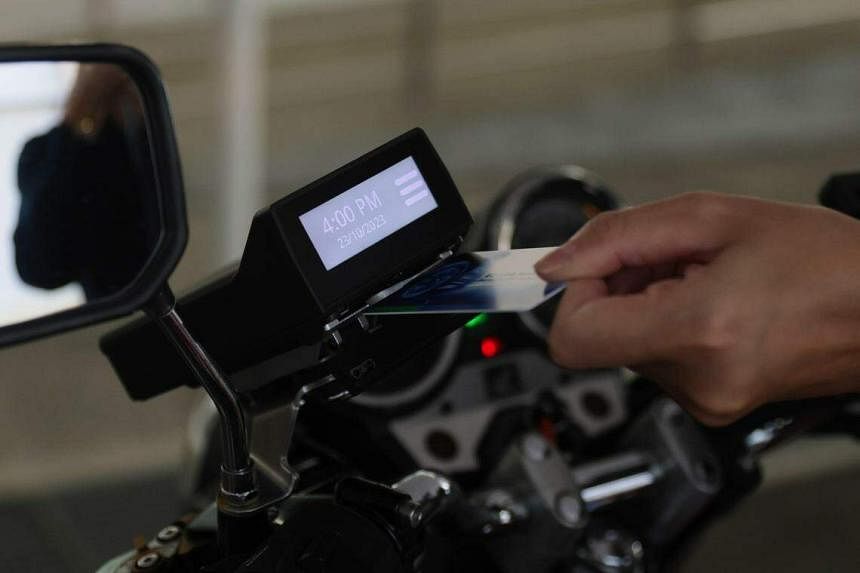
The option to display the OBU information on smartphones instead of using the touchscreen display was developed in response to public feedback. Motorists who opt out of installing the touchscreen display can get key ERP and traffic information on compatible mobile apps instead. On its OneMotoring website, LTA has listed three apps that motorists can use: ERP 2.0, Breeze and Galactio.
In addition, LTA has released a software development kit to allow developers to create smartphone apps that integrate and display ERP 2.0 data. LTA said it has also put in place security measures, including ensuring that the apps can only receive the specific types of data but cannot make any changes to the data.
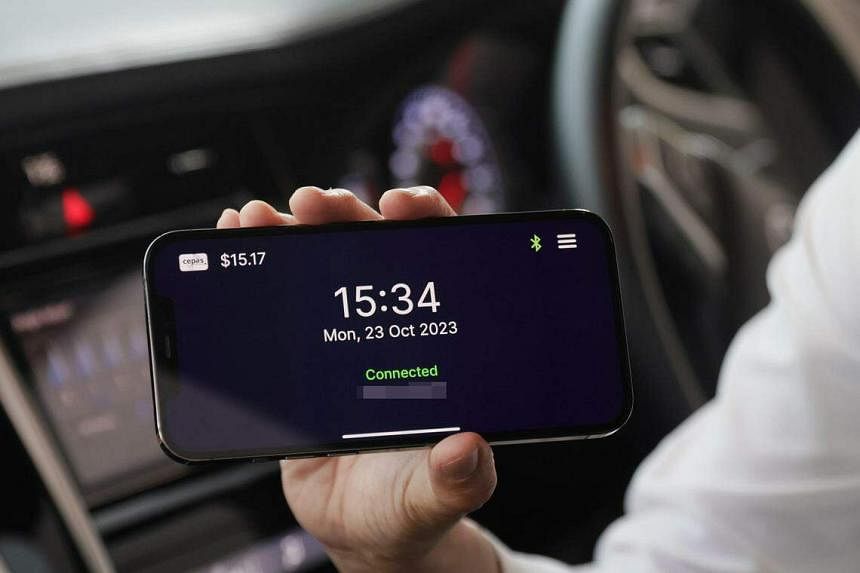
4. Why does the new ERP system not use a smartphone-based system?
LTA gave several reasons why it did not offer an entirely smartphone-based system in lieu of the OBU.
One was the level of security to handle real-time charging transactions and data, another is having to reliably carry out ERP transactions instead of working with different smartphone models, operating systems and security features in the market.
LTA said the OBU solution also eliminates operational issues like the need to ensure that the mobile app is functioning and the phone is sufficiently charged and has connection to the cellular network.
5. Will a touchscreen display distract drivers and pose safety risks?
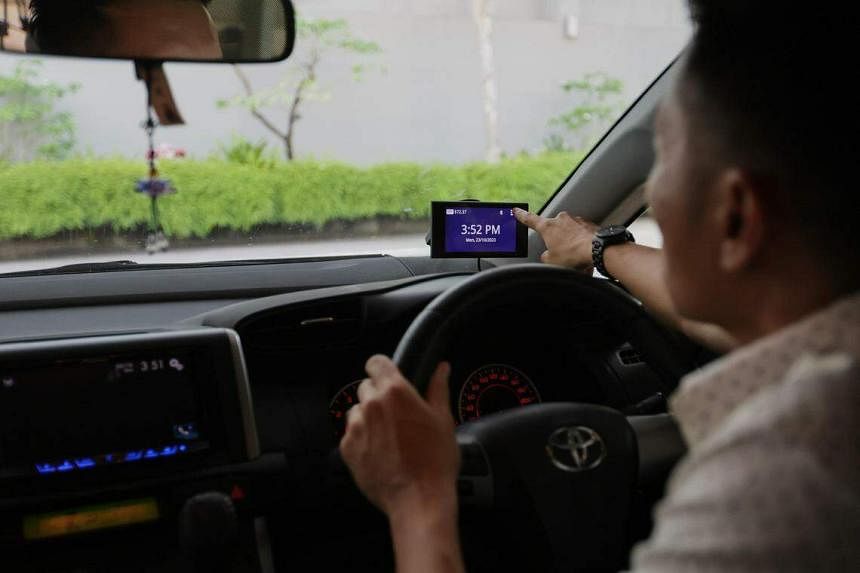
LTA said it has engaged the motor industry to ensure the position where the display is installed in the vehicle will not obstruct a driver’s field of vision. The authority added that the touchscreen interface is disabled when the vehicle is moving at speeds above 15kmh.
6. Will there still be ERP gantries when the installation of ERP 2.0 begins?
ERP gantries will gradually be removed, but not during the installation phase to facilitate a smooth transition for motorists, according to LTA. This is while the authority studies other visual markers or signage to replace the gantries and clearly indicate ERP charging locations. More details are expected from LTA later on.
7. Is my privacy protected with the new ERP system?
The new ERP system collects data from users as part of its operation. LTA stressed that it has put in strict safeguards for data privacy such that charging transactions and data are handled securely.
Data used for traffic management and transport planning purposes are said to be anonymised, which means that personally identifiable information is removed. For vehicle-specific data, LTA said it uses such data only for payment, charges and enforcement, for instance against non-payment of ERP charges.
